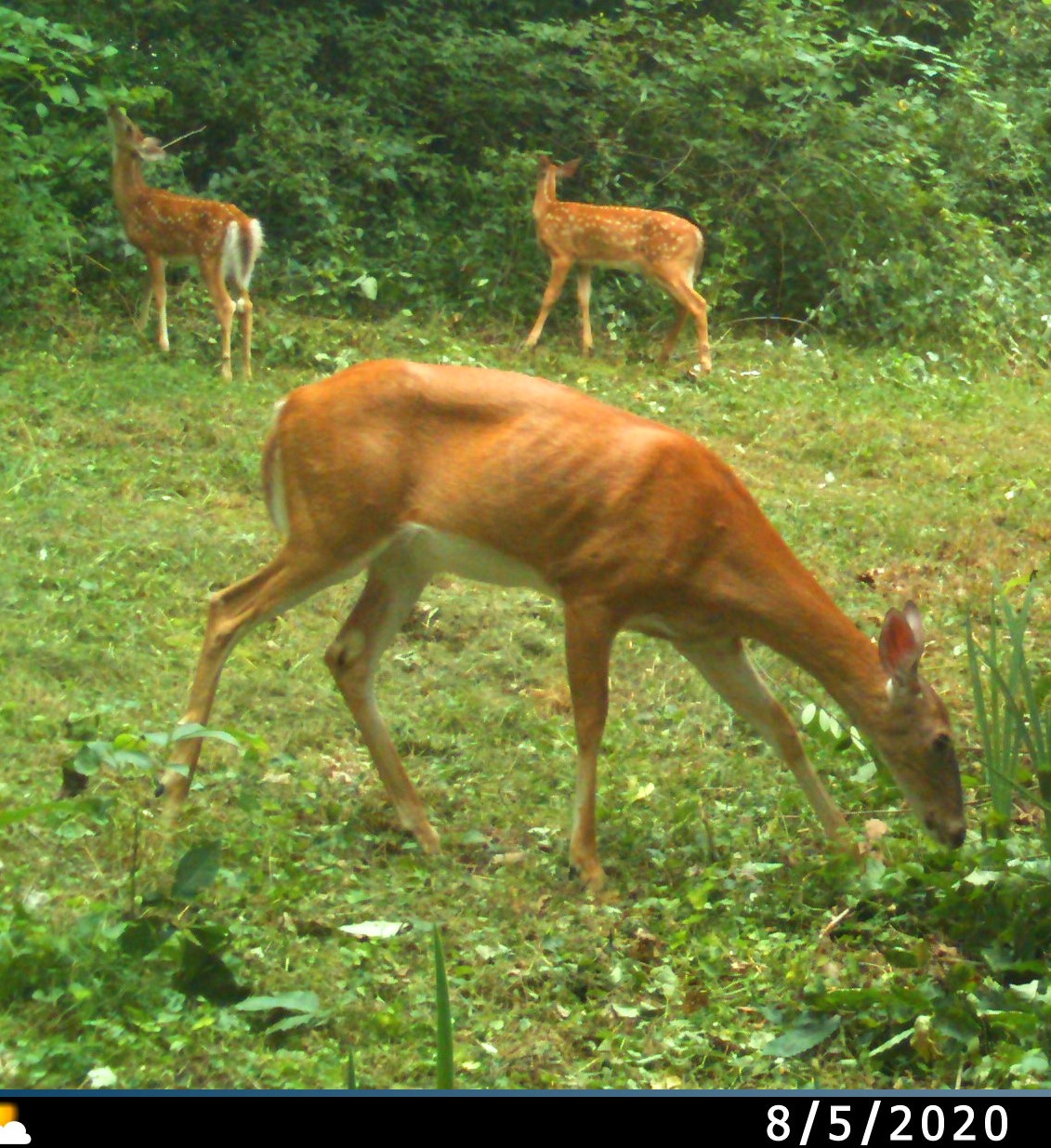


Vigorous Growing Species Oak-Large Acorns-Northern Seed Selection True to Type
From central and southern Europe the turkey represents a type of oak with much variation in leaf structure as well as growth rate and hardiness. When I first found out about this species, I was reading a book on North American Trees that included some wonderful oak species within its pages I had never heard about. During that time I began buying, exchanging and planting trees and acorns of turkey oak. There was quite a bit of variation and some trees were not well adapted to my farm. But over time, a few selected seedlings survived grew and fruited in huge amounts carpeting the ground with large beautiful acorns. This species takes two years to mature acorns. The branches have kind of a spur type fruiting. The acorns drop in September and October. Turkey oak does not hybridize at my farm. I did look for them in the crosses sometimes and I did find a couple of what appeared to be hybrids with it in arboretum plantings when I grew out the seedlings. Eventually I ended with about 3 sizeable trees that grew and fruited over the last 40 years. It was a good oak to grow just to demonstrate the fast growth of an oak tree alone. The thick cork like bark develops on the tree along the cracks and ridges on the main trunk. This species cracks at the base and is a normal component of this trees growth habit although some seem less prone to it, it is common even in its native habitat. Interesting in that this species in a study on diversity of invertebrates in a woodland oak forest, had more diversity combined in an open field that the whole forest. Turkey oak is an opportunity waiting to be exploited my furry friends of the acorns and my not so furry friends!
Turkey oaks have very strong dense wood. The few pieces I have cut have a lot of striations in its pattern. You discover its hardness while pruning the limbs with a hand saw. I think this species in many ways is similar to black oak and can grow in extremely dry locations. Someone should test this species in drier locations or alkaline soils and see if the quality of the wood would warrant larger plantings to create an oak woodland in areas where oaks are just not possible. Along with cork oak, this species has possibilities.
Large and fast-growing oak tolerant to alkaline, clay and extremely dry soils. Growth rate averages 2-3 ft. per year. Trees begin bearing in 8-12 years. Glossy foliage-leaves remain on until December. Turkey Oak has been in this country for over 100 years, yet is rarely available. It is used to a limited extent for reforestation in Europe. My trees have not suffered any winter damage at -28 F. Some of the seedlings I use to grow came from Pennsylvania in a large park. These seedlings showed amazing variation in leaf structure a few which are lace leaf types too.
To germinate the acorns: This species needs 90 days of cold moist stratification. Put the acorns in a moist storage like lightly moist Canadian peat moss and store at 33-38F for 90 days. Seeds will sprout within 7-30 days after taking them out of cold dormancy.
| Plant Specs |
| Genus & Species |
Quercus cerris |
| Seed Source |
Michigan. Selected for winter hardiness in southern Michigan as well as fast growth rate. |
| Hardiness |
-20F |
| Height (ft) |
60 |
| Width (ft) |
60 |

